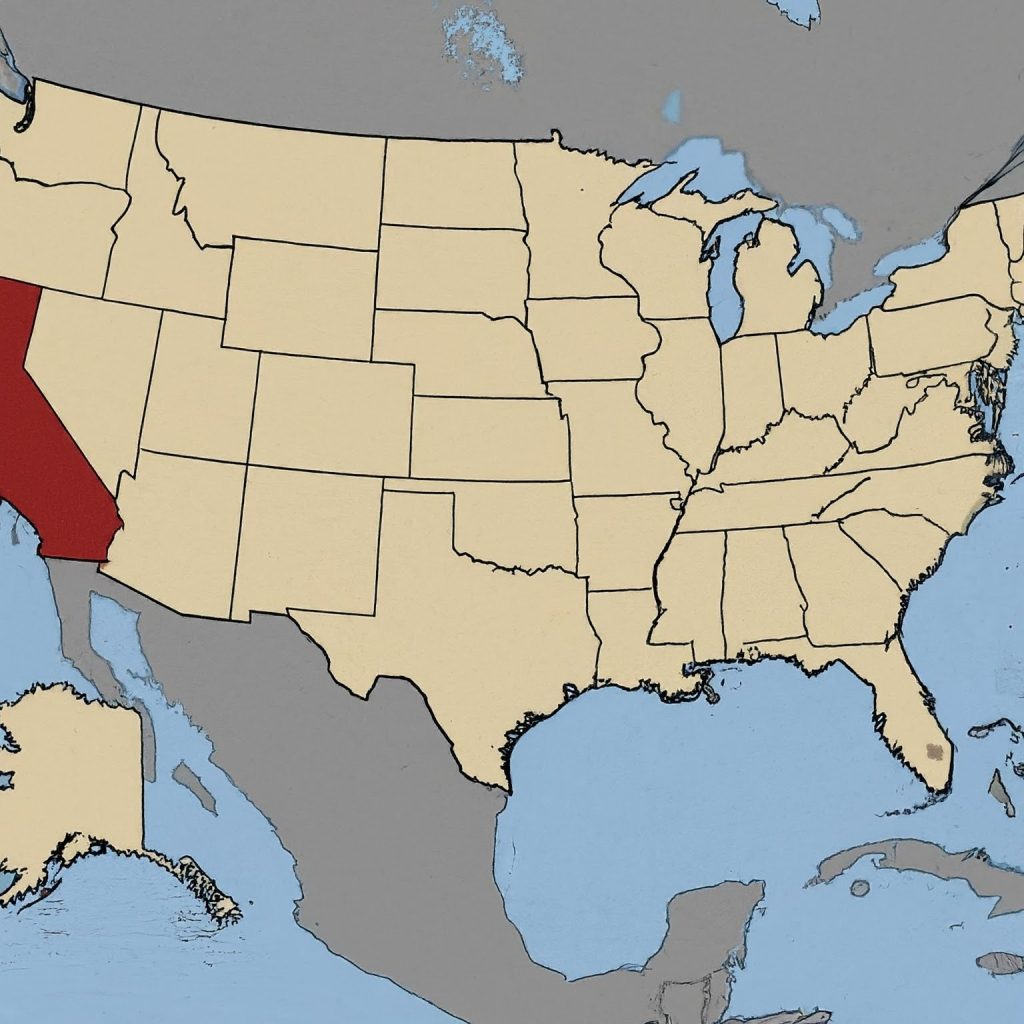The 303 area code, synonymous with the Mile High City of Denver, Colorado, is more than just a numerical identifier. It’s a badge of honor, a cultural touchstone, and a testament to the region’s rich history and dynamic growth. In this exclusive article, we delve into the significance of the 303 area code, tracing its origins, exploring its current usage, and highlighting its impact on Denver’s identity and communication landscape.

A Historic Legacy: 303 Area Code’s Early Days
Established in 1947 as one of the original North American area codes, the 303 area code initially encompassed the entire state of Colorado. As the state’s population grew, particularly in the Denver metropolitan area, the demand for phone numbers skyrocketed. To accommodate this growth, two additional area codes were introduced: 719 in 1988 for southern Colorado and 970 in 1995 for western Colorado.
Despite these splits, the 303 area code retained its association with Denver and its surrounding suburbs, becoming deeply ingrained in the city’s identity. For decades, the 303 area code was synonymous with Denver’s businesses, institutions, and residents, representing a sense of local pride and community connection.
Geographic Reach: Denver’s Urban Core and Beyond
Today, the 303 area code primarily covers the Denver metropolitan area, including the city of Denver itself and surrounding suburbs like Aurora, Lakewood, Littleton, and Englewood. It also extends to the Boulder area, encompassing the city of Boulder and neighboring communities like Longmont and Louisville.
The region served by the 303 area code is known for its diverse population, thriving economy, vibrant cultural scene, and stunning natural beauty. Denver, the state capital and a major economic center, is home to numerous businesses, government agencies, and cultural institutions. The Boulder area, with its renowned university and picturesque landscapes, attracts students, researchers, and outdoor enthusiasts from around the world.
Overlay Complex: 303, 720, and 983 Area Codes
Due to the continued growth of the Denver metropolitan area, the 303 area code began to exhaust its available phone numbers. To address this issue, the 720 area code was introduced as an overlay in 1998, serving the same geographic region as 303. This meant that new phone numbers in the area could be assigned with either the 303 or 720 area code, requiring callers to dial 10 digits (area code + phone number) for all local calls.
In 2022, the 983 area code was added as a second overlay to the region, further expanding the available phone numbers and ensuring that the region’s communication needs are met. The implementation of these overlays demonstrates the flexibility and adaptability of the NANP in responding to the growing demand for phone numbers.
Economic and Cultural Significance
The 303 area code holds significant economic and cultural significance for the Denver region. For businesses, the 303 area code is a valuable asset, representing a local presence and connection to the community. It is often seen as a mark of authenticity and credibility for businesses operating in the Denver area.
Culturally, the 303 area code has become an integral part of Denver’s identity. It has been referenced in numerous songs, movies, and television shows, often symbolizing the city’s unique character and Western heritage.
The Future of the 303 Area Code
As Denver continues to grow and thrive, the 303 area code is expected to remain an important identifier for the region. While the introduction of overlay codes has expanded the available phone numbers, the demand for new numbers is likely to continue as the population and business activity increase.
The future of the 303 area code may see further technological advancements, such as the integration of new communication platforms and the adoption of more flexible numbering solutions. However, the 303 area code will undoubtedly remain a symbol of Denver’s rich history and its ongoing evolution as a dynamic and vibrant city.
لا تعليق